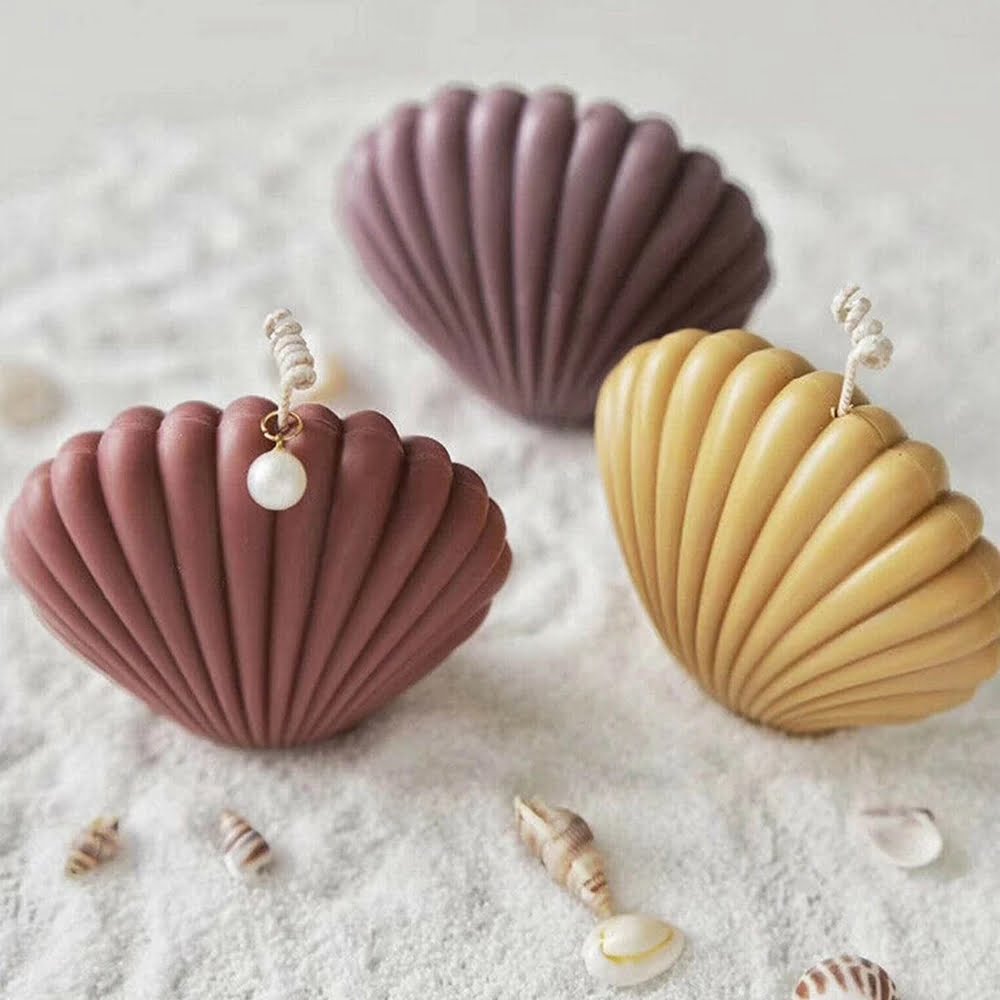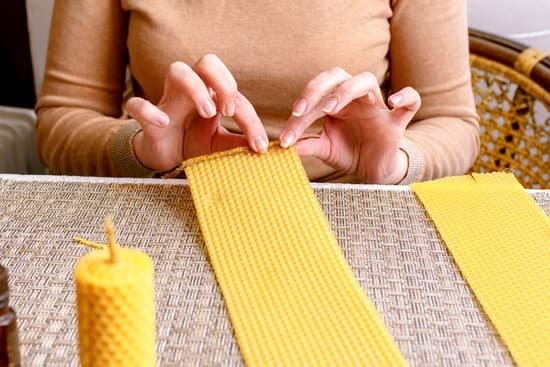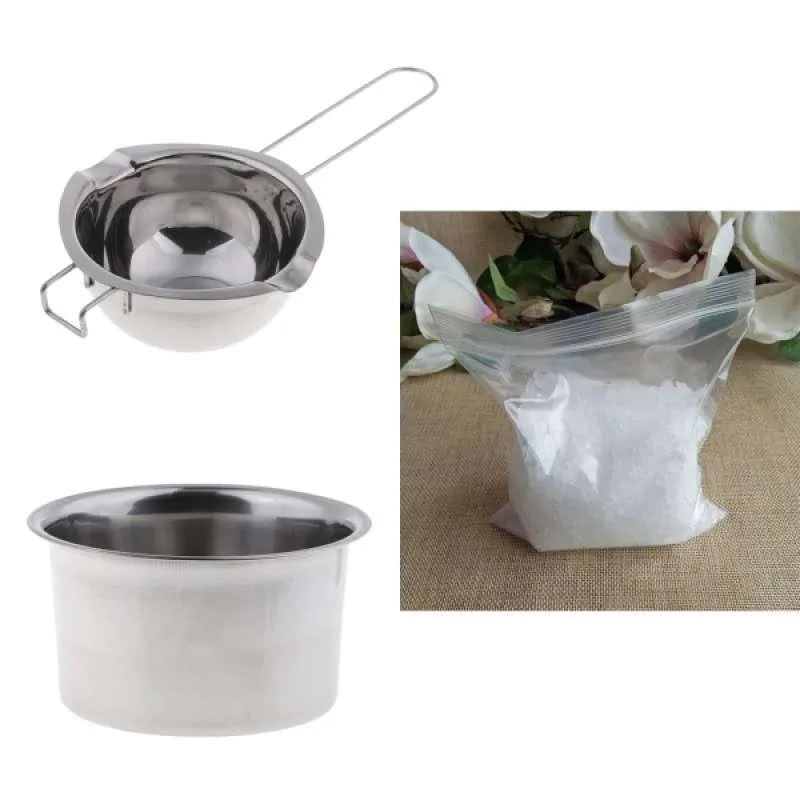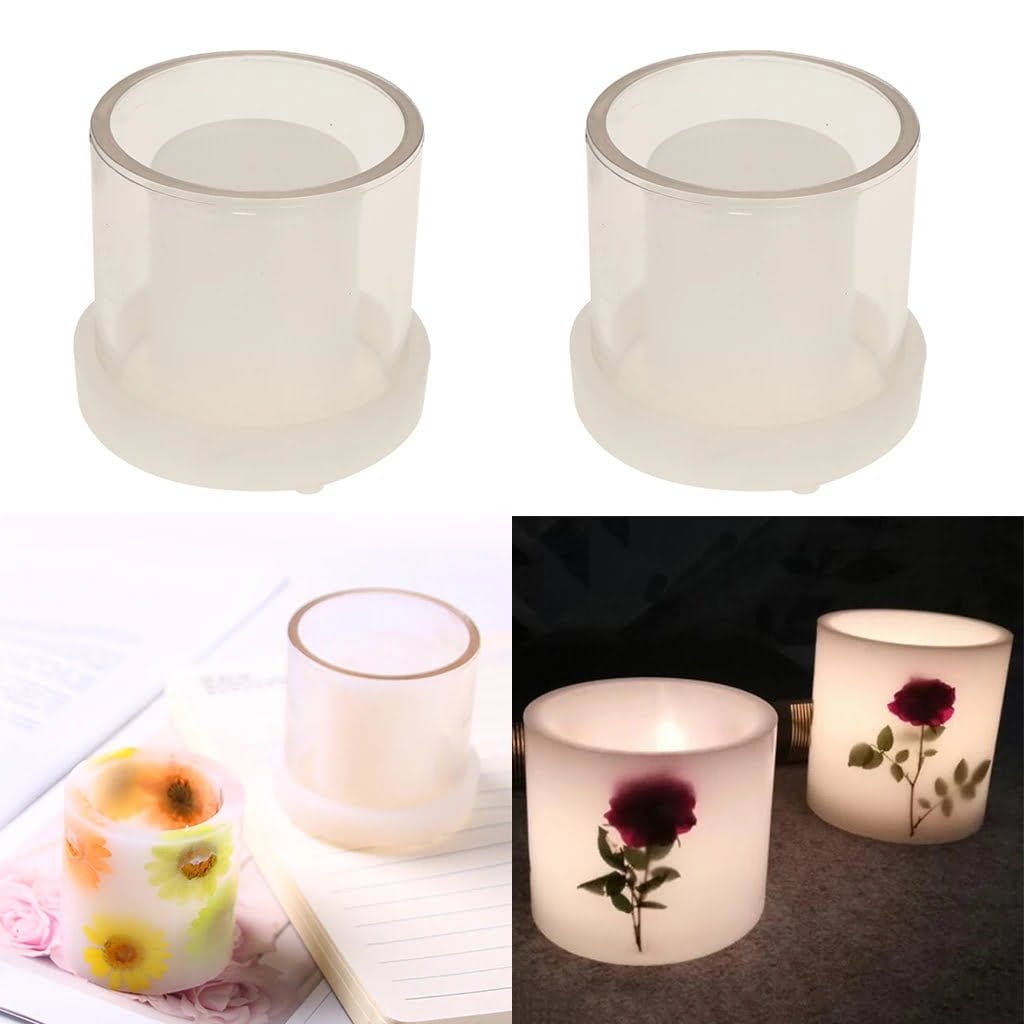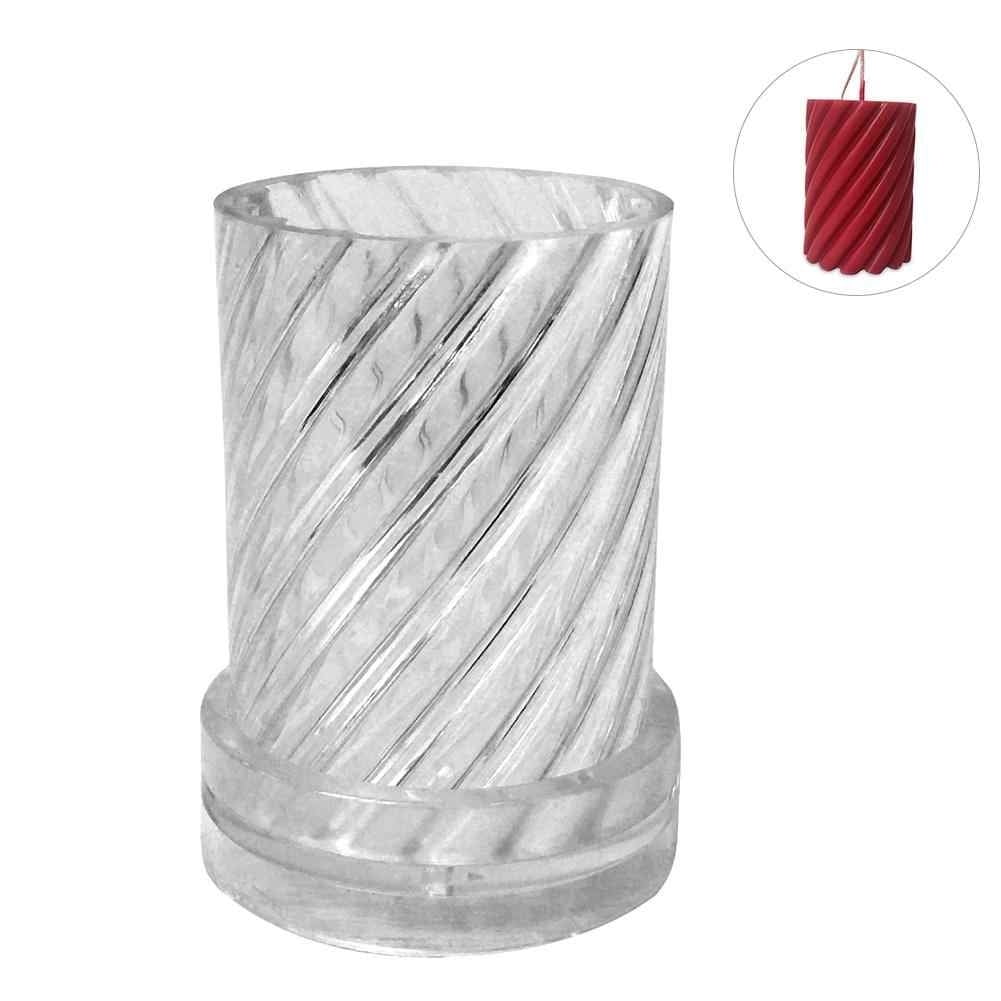Introduction to Flowers for Candle Making
Flowers for candle making is a unique project that is great for those who have a special affinity to candles or the art of candle making. The history of flowers and candle making dates back centuries and has been used throughout different cultures and societies as an expression of reverence, celebration, and leisure. Flowers are made into wax candles by being steeped in hot wax and then set in steel molds to create flower-shaped candles. These flowers can be used for religious ceremonies, festivals, parties or as decoration for one’s house. Not only does this process bring beautiful aesthetic-pleasing features to the room, but it also brings out the powerful emotional matters that come with the symbolized beauty of flowers. By harnessing these emotional ties through crafting these special candles with flowers, they can also symbolize compassion in loving kindness towards others.
Benefits of Using Flowers in Candle Making
One of the best parts of candle making is incorporating flowers into the candles you are creating. Not only will your candles have a unique and beautiful design, but there are many other benefits that come from using flowers in candle-making.
Incorporating fresh petals and leaves can give an extra boost of natural fragrance to your candles. When heated, dried flowers and foliage will release their scent into the air as they burn. This can be especially beneficial if you make scented candles, as it will bring out the aromas of essential oils used in the wax mixture.
Adding petals and leaves can also give your candles a unique pop of colour. Petals and foliage with hues like pink, purple, blue or moss green can brighten up any environment when used in creative designs with your candles. Depending on the style of candle you’re making, choosing flowers to match the interior design or occasion is really fun too!
There are several types of candles one can create using flowers at home including tea light style, pillar and even tapered styles made using embedding petals or adding whole flower buds as decorative pieces for special occasions like weddings or anniversaries. There’s no limit to what kinds of creative ideas you could come up with when it comes to making floral candles!
Types of Flowers To Use
Fresh flowers are the most common choice for candle making, as they bring a unique touch of beauty and romance to any occasion. Popular types include roses, carnations, lilies, daisies, sunflowers and lavender. Other alternatives to using fresh flowers can be dried petals and flowers, silk flowers or even artificial flower stamens that have been given a bit of colour (e.g. with food colouring). Of course if you want a more understated look then simple foliage such as baby’s breath or eucalyptus work perfectly too. These days scented candles are also becoming popular due to the added element of being able to add a pleasant scent throughout your home. If incorporating these into your homemade candles you can use essential oils that complement the type of flower used (e.g. lavender or jasmine). Candle wax itself also has distinctive scents that could be used such as vanilla or fruit options which contrast nicely with florals.
How To Prepare Flowers for Candle Making
Buying Flowers: Before buying the flowers, make sure that they are safe to use in candle making. Some flowers and plants can be toxic when burnt or heated, so check the labels to ensure that you get the right tools for the job. You may want to look into purchasing organic or synthetic flower petals and wax along with plant-based dyes.
Preparing the Flowers: When preparing the flowers for use in your candles, start by cutting off all stems and extra foliage before dehydrating them with paper towels or a fan. Make sure to remove any insects from inside of the petals before proceeding. Then dissolve food-safe waxing agents into warm water and submerge the petals in it until coated.
Drying Flowers: Place flower petals on parchment paper laid out on a flat surface prior to drying them. Keep them away from direct sunlight since exposure will fade the color of your petals quickly fading them over time. Once done drying, store your dried flower petals in an airtight container until needed again.
Common Mistakes: Be aware while working with candles containing dried flowers that allowing moisture buildup can lead to molding, so avoid adding too much water as you prepare them and try not to store them in damp places either! Avoid using artificial dyes which offer limited options for coloration and lack vibrant tones when used with wax-containing candles.
Tips for Making Candles with Flowers
Tips & Tricks for Adding Flowers to Candles:
1. Start with quality wax, wicks, and flowers. Choose beeswax or soy wax for their natural aroma and sustainable origin; select quality all-cotton wicks sized according to the diameter of your mold; and consider picking scientifically-dried dried petals that are free from unwanted additives.
2. Before starting the candle-making process, create a makeshift double boiler by filling a pot with water and placing a smaller saucepan within it; this way, you can melt your wax without the risk of scorching it.
3. Once melted, slowly pour in mica powder, or any colorants you’d like to use for adding shades to your candles; keep stirring during this step till everything dissolves completely in the wax mixture.
4. Dip each flower into the stirred coloring dye solution before dropping it into the mold one after other till all space is filled. Note: Avoid crushing the flowers as much as possible at this stage.
5. Now pour in melted colored wax over the flowers placed in each cavity of the mold keeping in mind not to fill it completely yet—leave about ⅛ inch of space at top for the materials expand while cooling down steadily.
6. Securely insert a quality cotton wick at center of every cavity using tape once you’ve reached correct melting temperature now measured on thermometer; if needed wrap excess portion around a pencil and rest over top edge of candle cavity creating an arch shape similar to bridge.
7. Allow each candle to cool down properly at room temperature overnight before removing gently from mold using sharp knife ‘round edges if needed at end stage—finally enjoy your production!
Final Thoughts and Acknowledgements
Using flowers in candle making is a wonderful way to turn ordinary candles into something special. Not only can you create beautiful, fragrant and unique designs, but you can also make meaningful gifts or decorations for special occasions. With so many colors and varieties of flowers available, your creativity is really the limit!
So many customers have found success using flowers for their candle projects. One customer used rose petals to create a subtly scented white tea candle with intricate details and swirled colors. Another customer crafted an elegant goldenrod-colored votive from dried calla lilies, which was then topped with a sprig of wax ivy leaves for extra decoration.
No matter for what occasion or season, adding natural elements like flowers to your candles will certainly help them stand out from the rest! Moreover, when selecting the best blooms for someone’s project, we strongly recommend researching the flower preferences of your intended recipient as well as researching any potential health hazards related to working with floral materials in an enclosed space.
We would like to thank all of the wonderful customers who shared their dedication and skillful craftsmanship with us; their support and enthusiasm made this post possible! Lastly, much thanks to FragranceX.com and NatureGiftStore.com for providing additional information on identifying flower-based scents, wicks safety tips and helpful tips on pairing fragrances together that make candles truly remarkable!

Welcome to my candle making blog! In this blog, I will be sharing my tips and tricks for making candles. I will also be sharing some of my favorite recipes.

